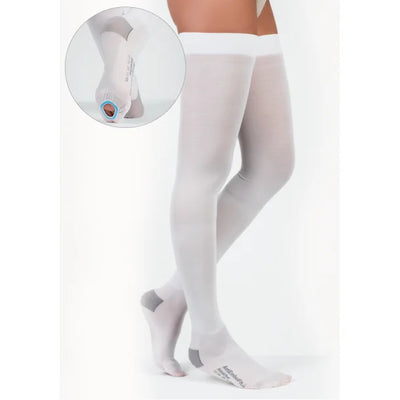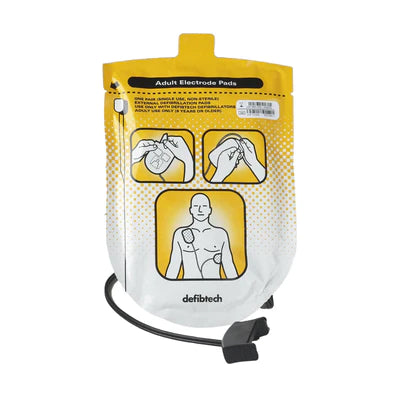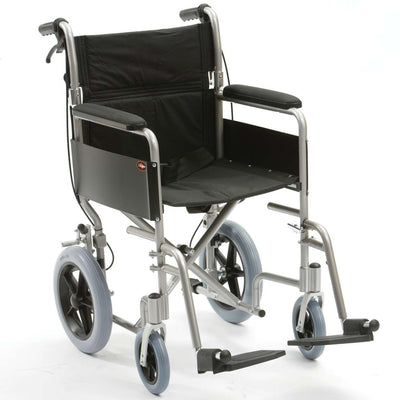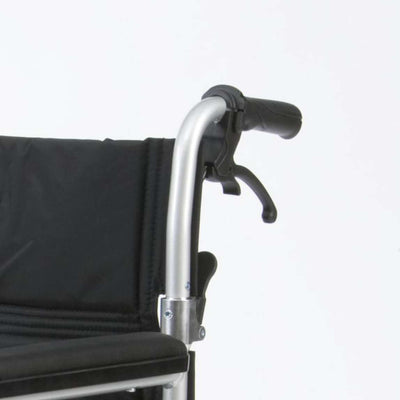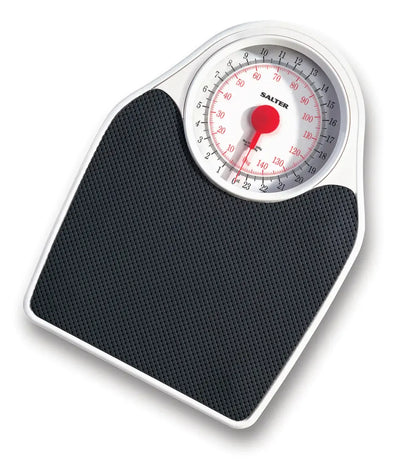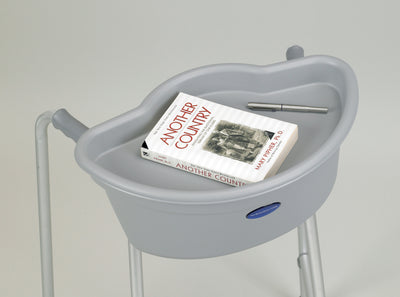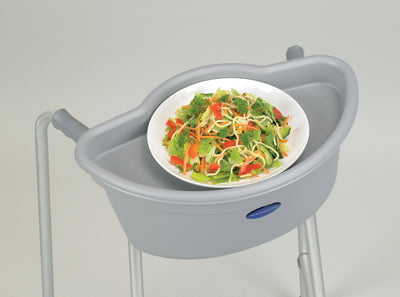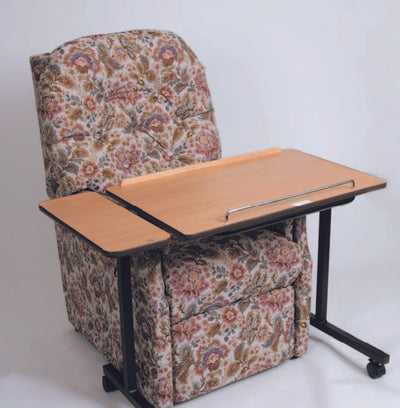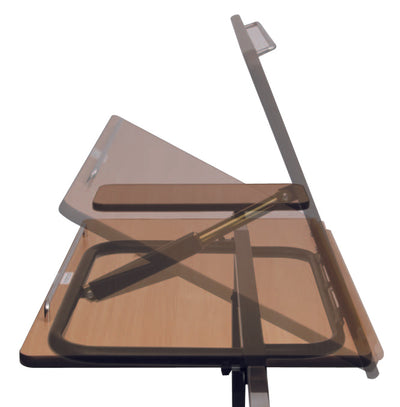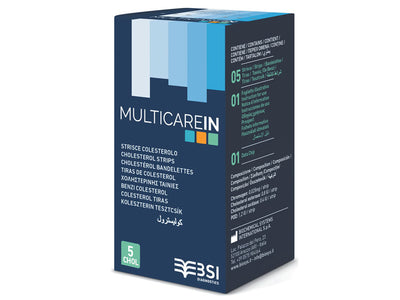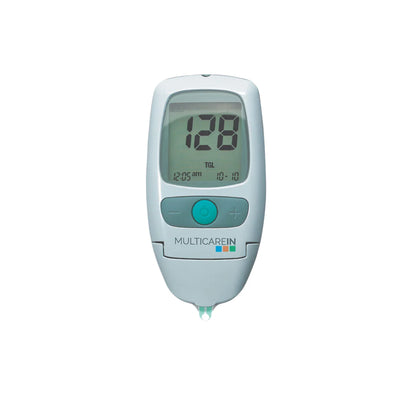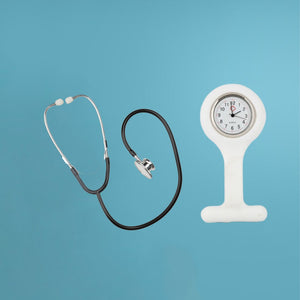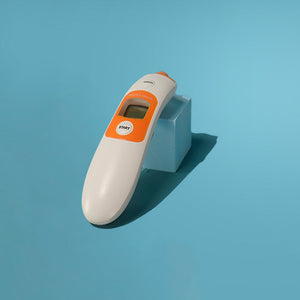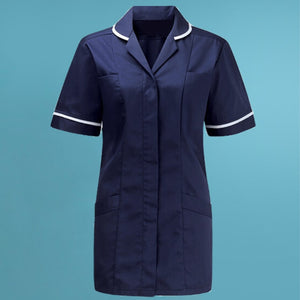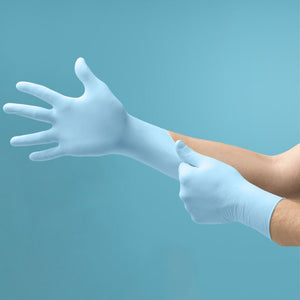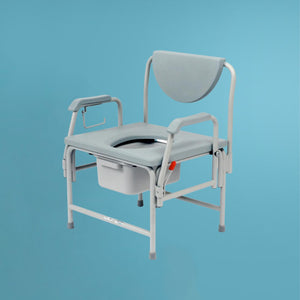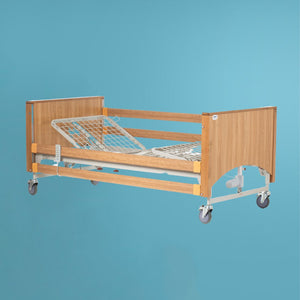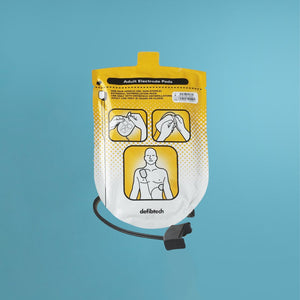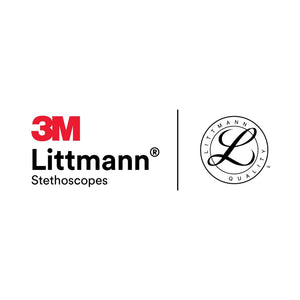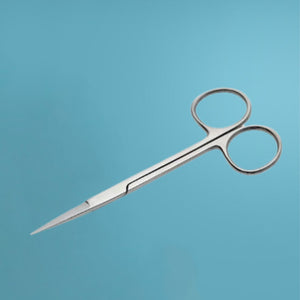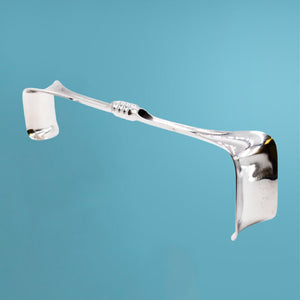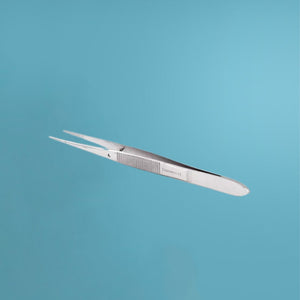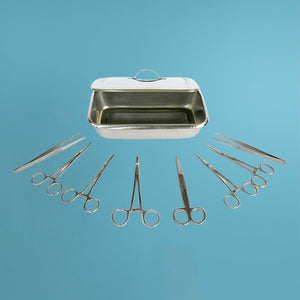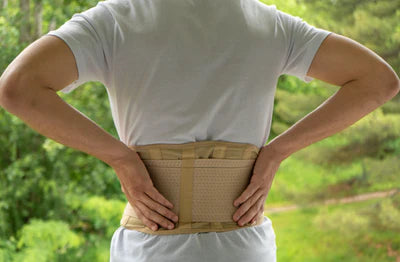Lower back pain can be, well, a real pain in the back! It’s something that almost half of us will experience at some point each year, and is one of the most common reasons for people to visit the GP for a remedy.
A back support belt can be a very effective solution to minor lower back ailments, but is it right for the aches and pains you’re feeling in your lower back right now?
Read on to find out.
What Does a Support Belt Do?
A back support or lumbar support belt is worn around the lower back area in order to support the lumbar section of your spine, and hold it in a neutral, hopefully pain-free position.
It's a really effective solution for back pain sufferers providing relief from the aches and pains associated with muscle fatigue, sciatica, herniated discs, scoliosis and general weakness of the core.
Belts are usually adjustable, lightweight, discreet and comfortable to wear, and some will feature compression, bio-magnetic inserts to increase blood supply and speed up recovery.
Pros of Using a Back Support Belt
- Wearing a back support belt during periods of lower back pain can give extra support when switching between lying down, sitting, and standing.
- If you've had a back injury, too much movement can limit your body's ability to heal. Back support belts limit movement and range of motion so that your body has a chance to heal properly.
- Improves Posture - it’s easier to maintain a better posture while using a lumbar support belt as it forces you into a position where your back is straight and your shoulders/upper back remain unrounded. Wearing a back support can help to train your body into a better back position and posture for life.
Long Term Back Care
Back support belts can be helpful in lots of circumstances, but as always prevention is key to keeping your back strong, healthy and pain free.
Here are some simple ways you can look after your back for long term back health.
- Check your sitting position. Sitting on the edge of the chair will help to keep your spine upright and your posture in a good, neutral position. This will strengthen your core muscles which support good back function all round.
- Avoid sitting for long periods in soft, ‘comfortable’ chairs. Even worse, do not sit in your bed to work! Your back needs a harder seated surface to allow good posture to occur.
- If you’re struggling to find a comfortable position while seated use a lumbar support fitted to the back of your chair or a comfortable curved back cushion to help with sitting in a good position all day
- Strengthen your core muscles with short bursts of exercise every day. Low impact walking is great for core muscles, as is swimming or sitting on an exercise ball while doing simple movements to engage your core.
- Be careful while lifting. Simple things like lifting shopping bags into the car or onto a table can be enough to cause back injury. Be sure to bend your knees while lifting, always pivot from your feet and hips - not your back, and hold objects close to your chest while straightening your spine.
Need more support? We're always here to help.
For all your Medical and Homecare supplies give us a call at Mediworld.
We have over 40 years experience in medical, surgical, mobility and home health supplies and we're always on hand to chat if you need support or advice - don't forget to read our other great health blogs!
January 2023

